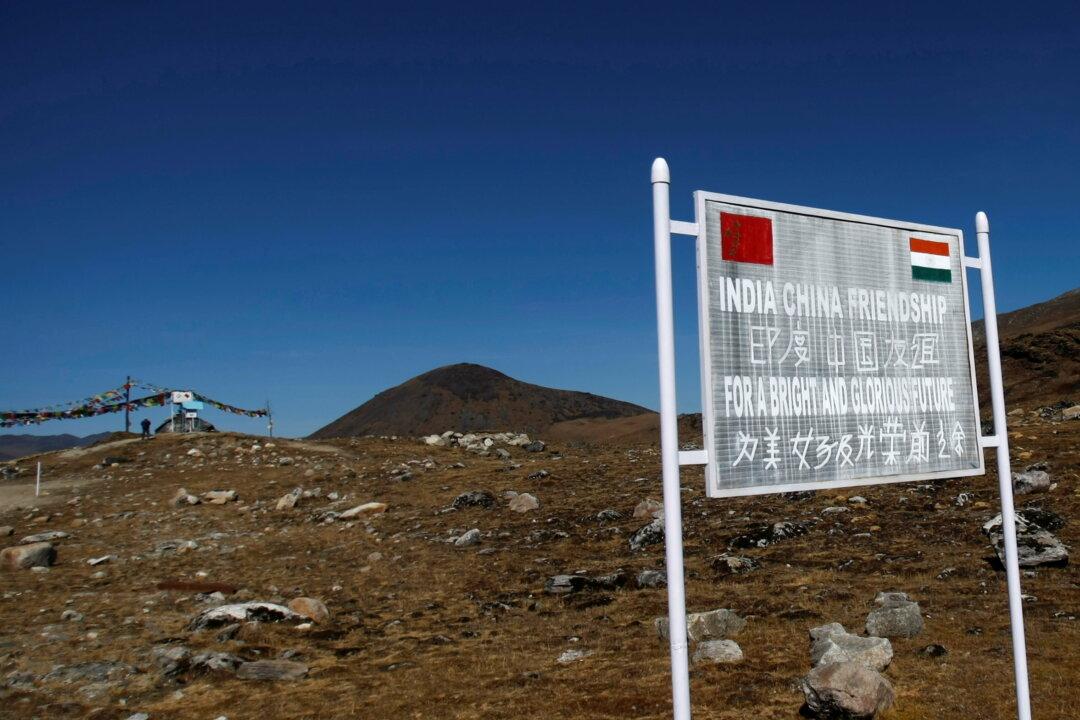NEW DELHI—The Chinese Communist Party (CCP) has been building up a new kind of presence in the hotly disputed border region with India via a civilian resettlement strategy, according to Indian experts.
The CCP’s “well-off society” strategy involves building well-off villages in the name of elevating people from poverty and revitalizing rural communities. Experts say, however, that these villages play an additional role in the Tibet Autonomous Region that shares thousands of miles of disputed border with India.





